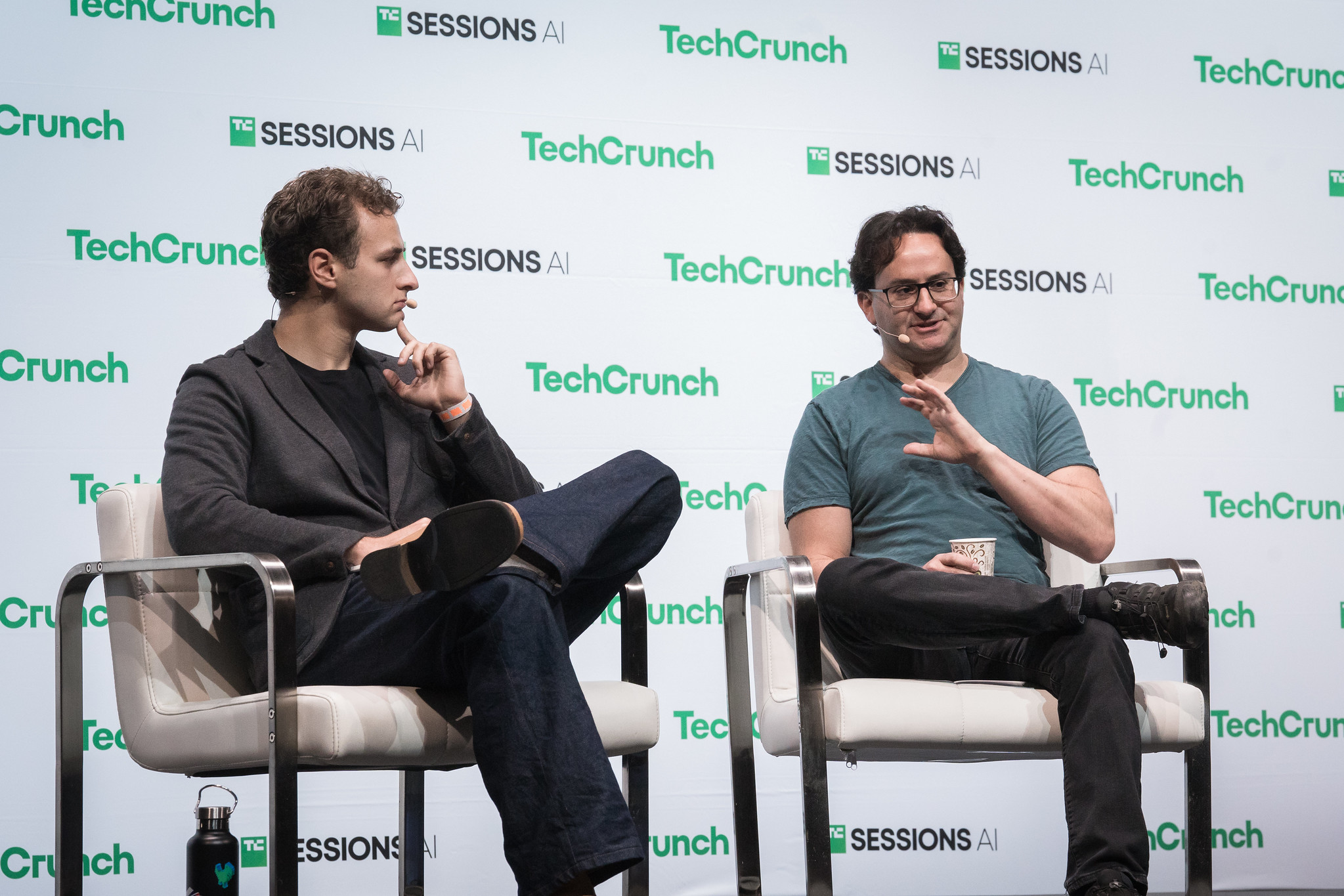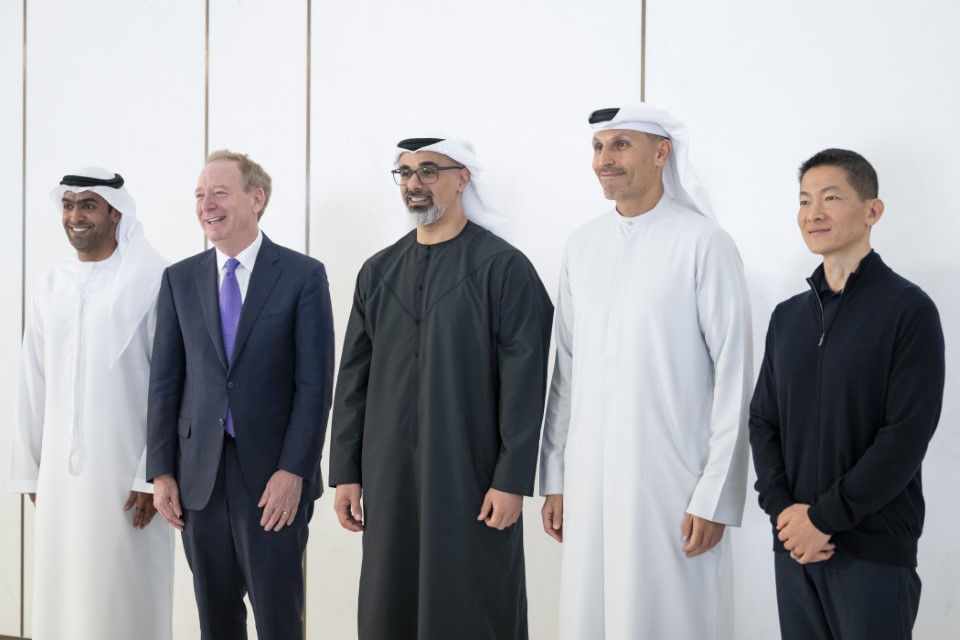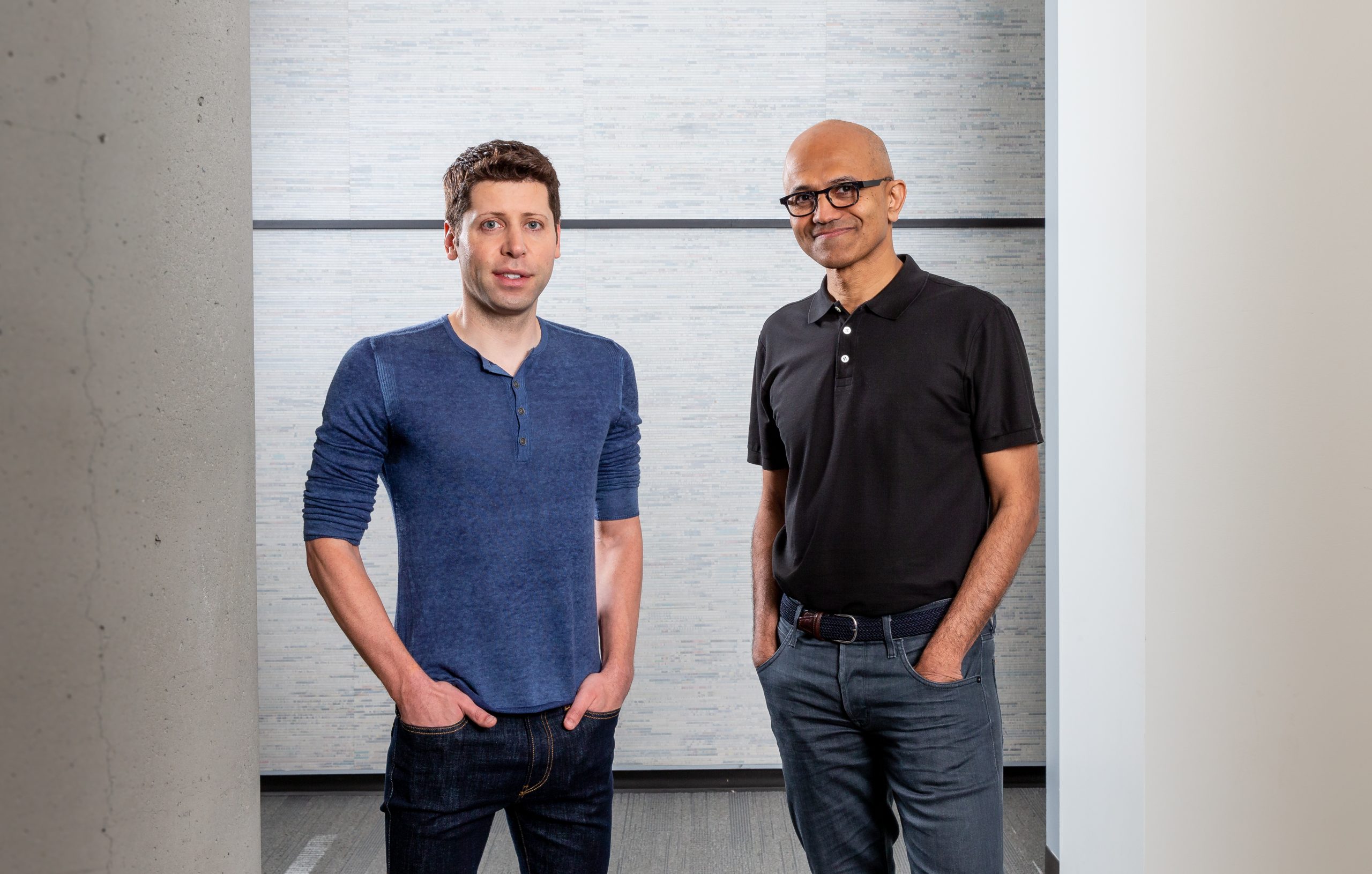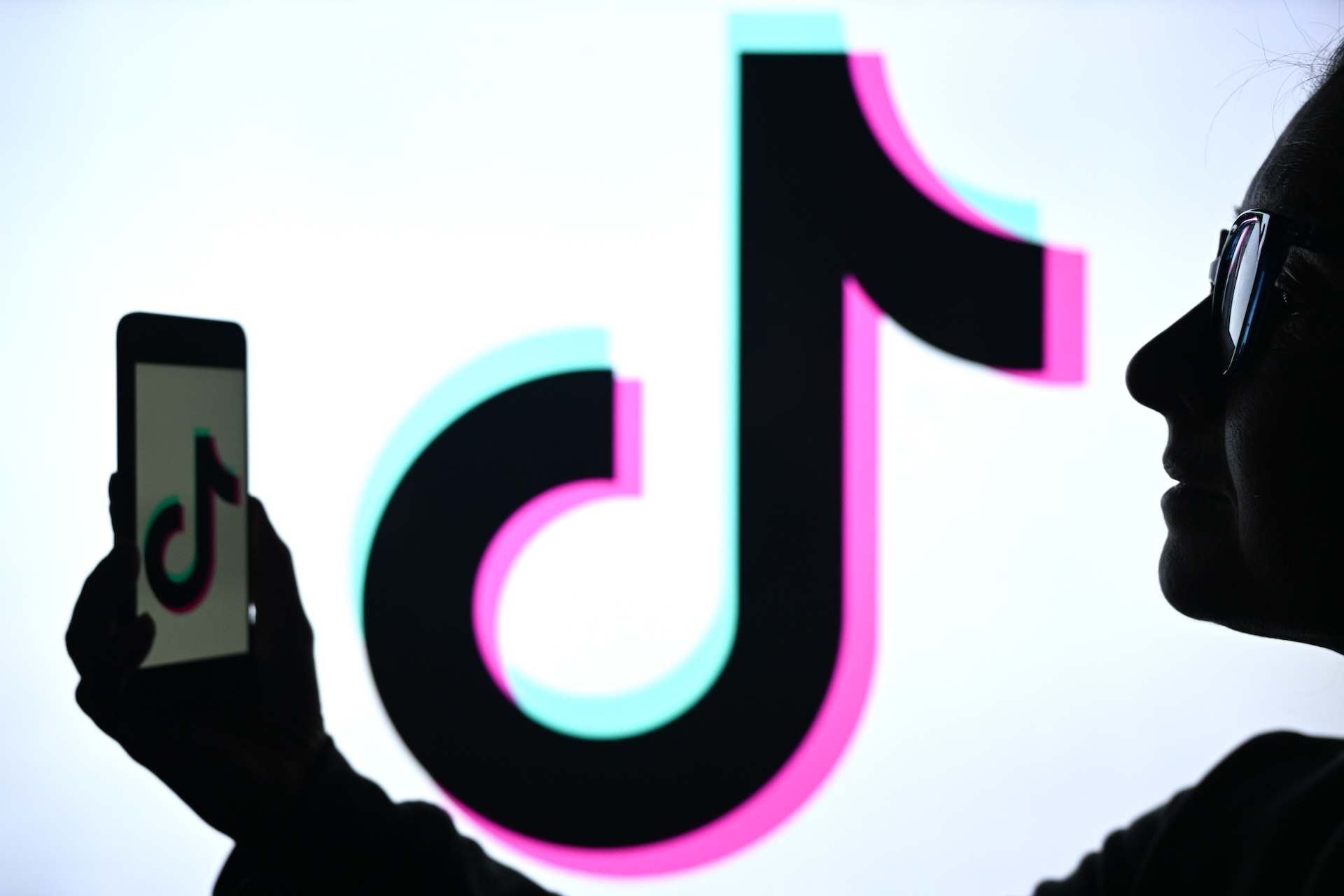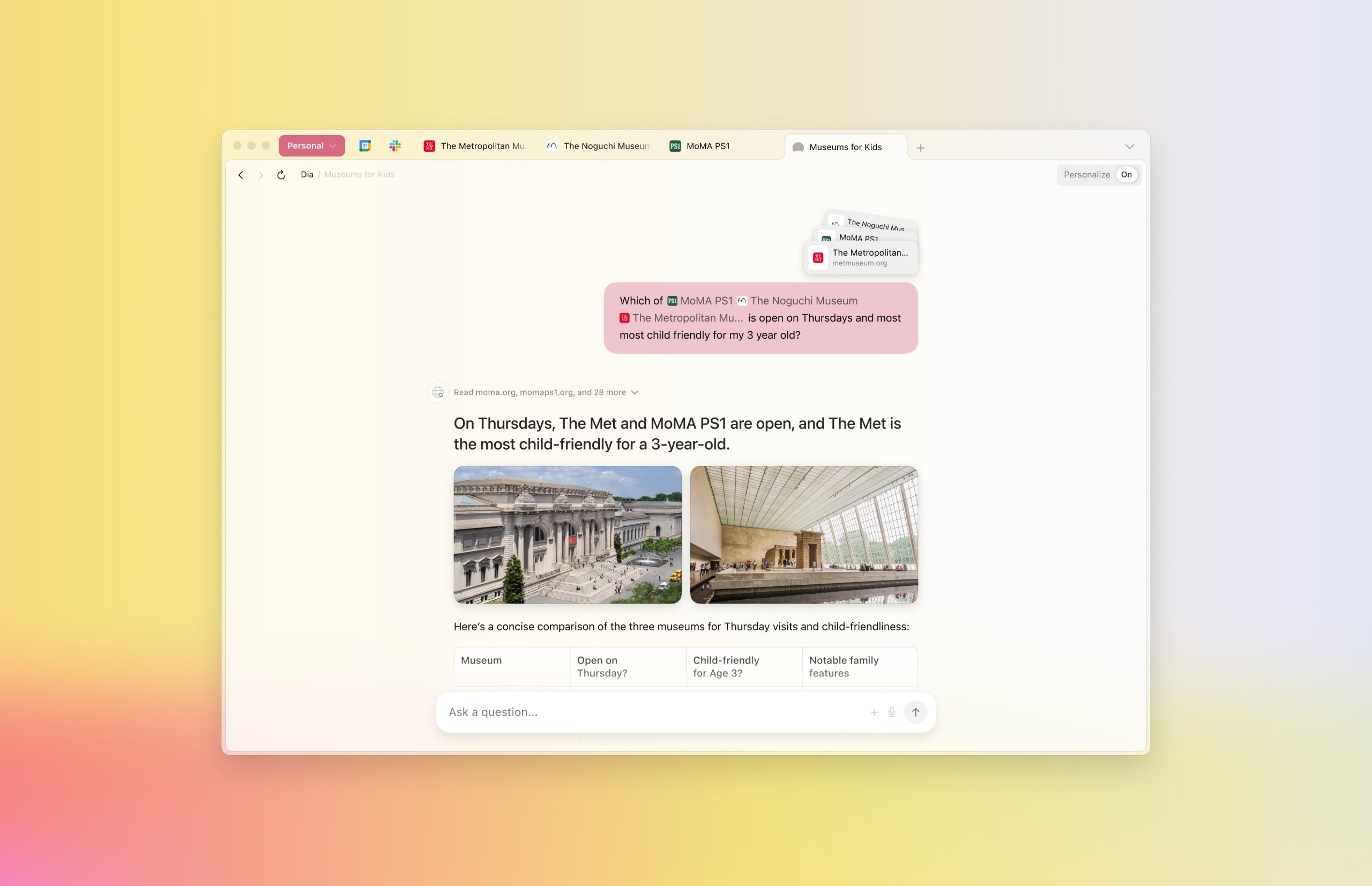
For years, the narrative surrounding online dating has been dominated by a handful of familiar names: Tinder, Bumble, Hinge, and Grindr, among others. These platforms have become synonymous with the modern quest for connection, their features and user experiences frequently discussed in popular culture and personal anecdotes. Yet, beneath the surface of these widely recognized apps, a quieter contender has been steadily gaining traction, often overlooked in casual conversations about digital romance: Facebook Dating. Launched by Meta in 2019, this integrated service has now revealed surprising user metrics, signaling its emergence as a substantial force in the highly competitive online dating landscape.
Meta’s Foray into Love: A Historical Context
The concept of using technology to find romantic partners is far from new, tracing its roots back to early computer dating services in the mid-20th century. The internet age truly revolutionized the scene with the advent of platforms like Match.com in the 1990s, offering expansive databases and algorithmic matching. The 2010s ushered in the mobile app era, characterized by simplified interfaces and location-based matching. Tinder, launched in 2012, popularized the "swipe" mechanic, dramatically lowering the barrier to entry and normalizing online dating for a younger demographic. Following its success, a wave of specialized apps emerged, each catering to different preferences: Bumble empowered women to make the first move, Hinge focused on more serious relationships with prompt-based profiles, and Grindr served the LGBTQ+ community.
Against this backdrop, Meta, then Facebook, announced its intention to enter the dating market at its F8 developer conference in May 2018. The move was met with a mixture of intrigue and skepticism. For years, Facebook had been the digital town square where people connected with friends and family, often carefully curating their public image. The idea of integrating dating into this ecosystem raised immediate questions about privacy, potential awkwardness, and whether users would embrace a platform known for its extensive personal data collection for something as intimate as finding a partner. Despite these concerns, Facebook Dating officially rolled out in 2019, initially in a few countries before expanding globally. The company’s motivation was clear: to leverage its vast user base and sophisticated data infrastructure to offer a compelling, and crucially, integrated dating experience, further solidifying its position in users’ digital lives.
Surprising Scale: Unpacking the User Metrics
Recent disclosures from Meta have shattered the perception that Facebook Dating remains a niche or underutilized feature. The company revealed that its dating service now boasts an impressive 21.5 million daily active users (DAUs) across 52 countries. This figure, disclosed for the first time, positions Facebook Dating as a significant player, though it still trails the market leaders in overall user count. For context, analytics firm Sensor Tower estimated that as of mid-2025, Tinder commanded approximately 7.3 million active users in the U.S. across all age groups, followed by Hinge with 4.4 million, Bumble with 3.6 million, and Grindr with 2.2 million. While these numbers represent U.S. users across all age demographics, and Facebook’s DAU count is global, the sheer volume indicates a substantial user base that can no longer be dismissed.
What makes these numbers particularly noteworthy is the platform’s burgeoning appeal among younger demographics. Facebook Dating reports 1.77 million users between the ages of 18 and 29 in the United States alone. This demographic has historically been a challenging one for Facebook to retain, with numerous reports and studies indicating a decline in Gen Z and young millennials’ engagement with the core Facebook app in favor of newer platforms like TikTok and Instagram. Yet, paradoxically, Facebook Dating appears to be bucking this trend. The company noted a remarkable 24% spike in daily conversations within the 18-29 age bracket on Facebook Dating over the past year. This unexpected resurgence among younger users suggests that while the broader Facebook platform might struggle to capture their attention, its dating component is finding a receptive audience, possibly due to unique features or its fundamental approach to monetization.
Seamless Integration and Distinctive Features
Unlike many of its competitors, Facebook Dating is not a standalone application but rather a feature seamlessly integrated within the main Facebook app. This design choice has both advantages and disadvantages. On one hand, it offers unparalleled convenience; users don’t need to download another app or create an entirely new profile from scratch. Instead, they can opt into the dating service, creating a separate dating profile that pulls information from their main Facebook account while maintaining a degree of privacy from their existing social circle. This integration also allows Facebook to leverage its vast network effects, enabling features like "Secret Crush," where users can add up to nine Facebook friends or Instagram followers they’re interested in. If the crush is mutual, both parties are notified, providing a low-stakes way to explore romantic interest within an existing social graph.
The prominent placement of the dating icon in the main bottom navigation bar of the Facebook app further underscores Meta’s commitment to the service. This prime real estate ensures high visibility, constantly reminding users of its availability, regardless of their current relationship status. However, this deep integration also presents potential drawbacks. Concerns about data privacy, a recurring theme for Meta, are amplified when it comes to personal romantic interests. Despite assurances that dating profiles are separate from main profiles and not visible to Facebook friends unless explicitly added as a "Secret Crush," the association with Facebook’s historical data practices might deter some users from fully embracing the platform. Furthermore, the stigma often associated with using "Facebook" for dating, as opposed to dedicated dating apps, could be a hurdle, although the recent user numbers suggest this perception is gradually shifting.
The Free Model: A Disruptor in a Pay-to-Play Market
Perhaps the most compelling aspect driving Facebook Dating’s ascent is its fundamental business model: it’s entirely free. This stands in stark contrast to the prevalent freemium model adopted by most of its competitors, which often gatekeep desirable features or visibility behind paywalls. Apps like Tinder, Bumble, and Hinge offer basic functionality for free but entice users with premium subscriptions (e.g., Tinder Gold, Bumble Premium) or in-app purchases (e.g., "Super Likes," "Spotlights," "Boosts") designed to enhance visibility, unlock advanced filters, or reveal who has already "liked" them.
Hinge’s "Standouts" feature, introduced in December 2020, exemplifies the frustration many users experience with these monetization strategies. This feature highlights profiles that Hinge’s algorithm deems highly compatible with a user’s preferences, placing them in an exclusive tab. To interact with a "Standout," users must send a "Rose," a premium currency. While one free rose is typically granted weekly, additional roses cost around $4 each. This system has been criticized for creating a "pay-to-play" environment, where access to potentially "ideal" matches is monetized, leading to elaborate user-devised schemes to circumvent what some term "rose jail."
Facebook Dating’s commitment to a completely free experience disrupts this ecosystem. There are no premium tiers, no hidden costs for "super likes" or enhanced visibility, and no paywalls to access more desirable matches. This stark difference resonates deeply with users who are increasingly fatigued by the constant pressure to spend money to improve their dating app experience. Meta’s rationale for this approach is rooted in its broader business model. Unlike dedicated dating apps that rely heavily on subscription revenue and in-app purchases, Meta’s primary income stream is advertising, fueled by user engagement and data. By offering a free, high-quality dating service, Meta can attract and retain users, increasing the time they spend within its ecosystem. This, in turn, generates more data for targeted advertising across its family of apps, making the dating feature a strategic tool for overall user acquisition and retention rather than a direct profit center.
Market Impact and Future Outlook
The quiet growth of Facebook Dating carries significant implications for the broader online dating market and the social landscape. Its free model could put pressure on competitors to re-evaluate their monetization strategies, potentially leading to more generous free tiers or a re-thinking of what constitutes a "premium" feature. As users grow more disillusioned with the perceived predatory nature of some paid dating app features, Facebook Dating’s straightforward, no-cost approach may increasingly be viewed as a refreshing alternative. This could democratize access to advanced dating features, making them available to a wider audience regardless of their willingness or ability to pay.
However, challenges remain. Despite its burgeoning user base, Facebook Dating still grapples with the lingering perception issues associated with its parent company, particularly concerning privacy. Building trust and overcoming any residual stigma will be crucial for sustained growth. The dating app market is also highly saturated and dynamic, with new niche apps constantly emerging. To maintain its momentum, Facebook Dating will need to continue innovating, perhaps leveraging Meta’s advancements in AI and virtual reality to create even more engaging and personalized matching experiences.
In conclusion, Facebook Dating’s journey from a skeptically received new feature to a platform boasting millions of daily active users is a testament to Meta’s strategic vision and the enduring appeal of a truly free service in a market dominated by freemium models. Its ability to attract and engage younger demographics, coupled with its seamless integration and no-cost access to features, positions it as a silent disruptor. As the digital romance sphere continues to evolve, Facebook Dating’s unexpected rise serves as a compelling reminder that innovation, even within established ecosystems, can still reshape the way people connect and find love online.
